
Electric Scooter Brake Problems: Causes, Fixes, and Tips
Electric scooters make getting around town easy, fun, and eco-friendly. But when your brakes start acting up, maybe they squeak, feel weak, or just do not work right, it can turn a relaxing ride into a real headache.
This guide covers everything you need to know about electric scooter brake problems, from spotting warning signs to fixing and preventing common issues.
Read on to discover how to keep your e-scooter in top shape and enjoy every ride with confidence!
Common Electric Scooter Brake Problems
Electric scooter brake problems can show up in a few different ways. Some of the most common issues include:
- ✅ Squeaky or noisy brakes
- ✅ Weak or spongy brakes
- ✅ Brakes that do not engage or feel stuck
- ✅ Brakes that suddenly activate on their own
- ✅ Unresponsive or slow-stopping brakes
You might notice your electric scooter taking longer to stop, making weird sounds, or even stopping suddenly without warning. If you spot any of these signs, it is important to check your brakes right away to stay safe.
Types of Electric Scooter Brakes
Knowing what kind of brakes your scooter has can help you troubleshoot electric scooter brake problems more easily. Here are the main types:
🛴 Disc Brakes
These are like the brakes on a bicycle. They use a metal disc and pads to stop the wheel. Disc brakes are strong but can get noisy or wear out over time.
🛴 Drum Brakes
Drum brakes are hidden inside the wheel. They last a long time and work well in wet conditions, but they might feel less powerful than disc brakes.
🛴 Electronic Brakes (E-Brakes)
These use the scooter’s motor to slow you down. They are smooth and do not wear out like mechanical brakes, but they can fail if there is an electrical problem.
🛴 Regenerative Braking
Some scooters use this system to charge the battery a little when you brake. This feature is less common and usually works alongside regular brakes, not as a replacement. Always check your scooter’s specifications to see if it has this function.
💡 Tip: If you are not sure which brakes your scooter has, check your scooter’s manual or look up your model online.
Causes of Electric Scooter Brake Problems
Understanding the causes of electric scooter brake problems can help you fix them faster and prevent them in the future. Here are the usual suspects:
- ✅ Worn-out brake pads or discs: These wear down over time and need replacing.
- ✅ Loose or misaligned brake cables: If cables are stretched or not lined up, your brakes will not work well.
- ✅ Dirt, dust, or water: Grime and moisture can make brakes squeaky or less effective.
- ✅ Electrical issues: For e-brakes, wiring problems or faulty sensors can cause sudden stops or no braking at all.
- ✅ Poor maintenance: Skipping regular cleaning or ignoring small issues can lead to bigger, more dangerous problems.
🛴 If you want to learn more about keeping your scooter in top shape, check out this handy electric scooter maintenance guide.
How to Diagnose Electric Scooter Brake Problems
Before you rush to fix anything, let’s figure out what is wrong. Here is a simple step-by-step checklist:
Step 1: Visual Inspection
Look at your brakes. Are the brake pads thin or missing? Is there dirt or rust on the discs or drums? Are the cables frayed or loose?
Step 2: Listen Up
Squeeze the brake lever and listen. Do you hear squeaking, grinding, or clicking? These sounds can give you clues about what is wrong.
Step 3: Test the Brakes
Push your scooter (with the power off) and squeeze the brakes. Does the wheel stop quickly and smoothly? Or does it feel weak or sticky?
Step 4: Check the Cables and Connections
Follow the brake cables from the lever to the wheel. Are they tight and straight, or saggy and twisted? For electronic brakes, check for loose wires or connectors.
💡 Remember: Stay safe! If you are not sure how to check your scooter, ask an adult or a local repair shop for help.
Troubleshooting and Fixing Common Electric Scooter Brake Problems
Let’s break down how to fix the most common electric scooter brake problems:
✅ Squeaky Brakes
Squeaky brakes usually mean dirt or moisture is on your brake pads or discs. Clean them with a dry cloth. If the noise does not go away, your pads might be worn out and need replacing.
✅ Weak or Spongy Brakes
If your brakes feel soft, they might need tightening. For mechanical brakes, adjust the cable tension by turning the barrel adjuster near the lever. If the problem continues, check if the brake pads are worn or if the cables are stretched.
✅ Brakes Not Engaging or Stuck
Sometimes brakes get stuck or will not engage at all. This can happen if the cable is jammed, the lever is bent, or the pads are misaligned. Try resetting the cable, straightening the lever, or realigning the pads.
✅ Electronic Brake Failures
If your e-brake is not working, check the wiring and connections. Sometimes, unplugging and reconnecting the wires can fix the problem. If not, there may be a sensor or controller issue that needs a professional’s help.
✅ Brake Pads Worn Out
Brake pads do not last forever. If they look thin or uneven, it is time to replace them. Always use pads that fit your scooter’s brake system.
💡 Tip: Browse your scooter’s user manual or look for online videos if you need help with repairs.
How to Adjust Electric Scooter Brakes for Better Performance
Adjusting your brakes can make a huge difference in how your scooter feels and stops. Here is how to do it:
Adjusting Mechanical Disc Brakes
- Loosen the bolts holding the brake caliper in place.
- Squeeze the brake lever so the caliper centers over the disc.
- Tighten the bolts while holding the lever.
- Test the brakes and repeat if needed.
Tuning Drum Brakes
- Find the adjustment nut near the drum.
- Turn it to tighten or loosen the brake cable.
- Test the lever to make sure it feels firm.
Calibrating Electronic Brakes
- Make sure all connections are tight.
- Some scooters have a reset button or calibration mode, check your manual for instructions.
- Test the brakes at a slow speed before riding normally.
🛴 If you want to ride safely in any weather, check out this guide on riding electric bikes and scooters in the rain.
How to Prevent Electric Scooter Brake Problems
The best way to avoid electric scooter brake problems is by taking care of your scooter. Here are some easy maintenance tips:
- Clean your brakes regularly: Wipe down brake pads, discs, and cables to remove dirt and moisture.
- Inspect brake pads and cables: Check them every few weeks for signs of wear or damage.
- Lubricate moving parts: A little oil on the cables and levers can keep things moving smoothly.
- Replace parts as needed: Do not wait until your brakes are completely worn out.
- Store your scooter in a dry place: Water and humidity can cause rust and other problems.
🛴 Want to learn more about staying safe? Check out this article on the safest electric scooters for extra peace of mind.
When to Call a Professional for Electric Scooter Brake Repairs
Some electric scooter brake problems are easy to fix at home, but others need a professional’s touch. Here is when you should get expert help:
- ✅ If your brakes still do not work after cleaning and adjusting
- ✅ If you find broken cables, bent parts, or electrical problems you cannot fix
- ✅ If your scooter stops suddenly or acts unpredictably
It is always better to be safe than sorry. A professional repair shop can quickly diagnose and fix tricky issues, so you can get back to riding safely.
Conclusion
Electric scooter brake problems can pop up for anyone, but with a little know-how, you can keep your rides safe and smooth.
Check your brakes often, follow simple maintenance tips, and take action as soon as you spot a problem.
For more helpful guides and tips about electric scooters, be sure to visit Isinwheel. And if you are looking for a high-quality electric scooter for an enjoyable ride, shop Isinwheel’s top-rated scooters.
You May Shop
Frequently Asked Questions About Electric Scooter Brake Problems
Why is my electric scooter randomly braking?
Random braking on an electric scooter can be caused by faulty brake sensors, loose wiring, or issues with the electronic braking system. Sometimes, dirt or water can also trigger false signals to the brakes. Regularly check and clean all connections to prevent this. If the problem continues, it is best to have a professional take a look.
How to adjust electric scooter brakes?
To adjust electric scooter brakes, first locate the brake adjustment knob or barrel adjuster near the brake lever. Turn it to tighten or loosen the brake cable until the brakes feel firm and responsive. Always test your scooter in a safe area after making adjustments to ensure the brakes work properly. If you are unsure, ask for help or check your scooter’s manual.
Why does my electric scooter keep stopping?
If your electric scooter keeps stopping, it could be due to brake problems, battery issues, or a malfunctioning motor. Sometimes, the brakes might be dragging or sticking, causing the scooter to stop. If you cannot find the cause, a repair shop can help diagnose the issue.
Why are my brakes not working on my electric bike?
Brakes may stop working on an electric bike if the pads are worn out, the cables are loose, or there is an electrical problem. Dirt or water on the braking surfaces can also make them less effective. Always check and maintain your brakes regularly to keep them in good shape. If they still do not work after cleaning and adjusting, seek help from a professional.
The Latest Posts
Explore isinwheel products
City E Scooter | Off-Road Scooter
Fastest Scooter | Kids Scooters




















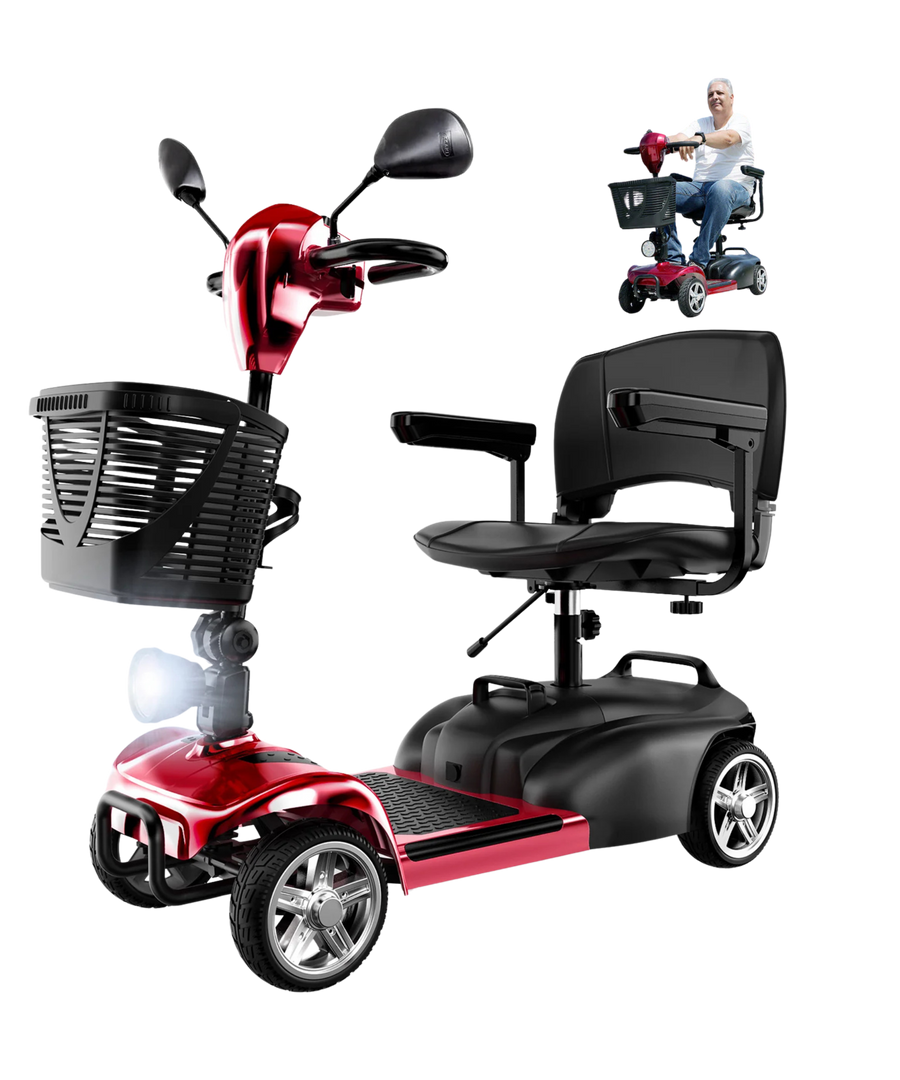
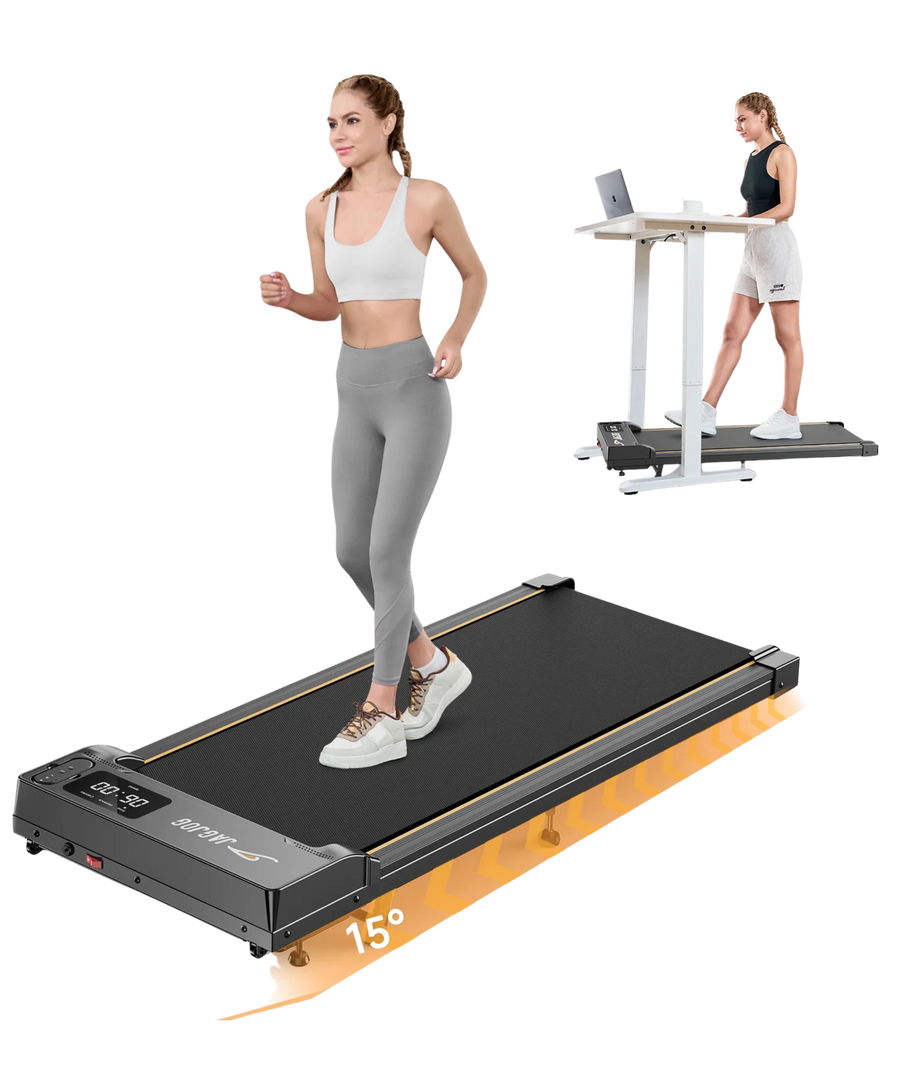
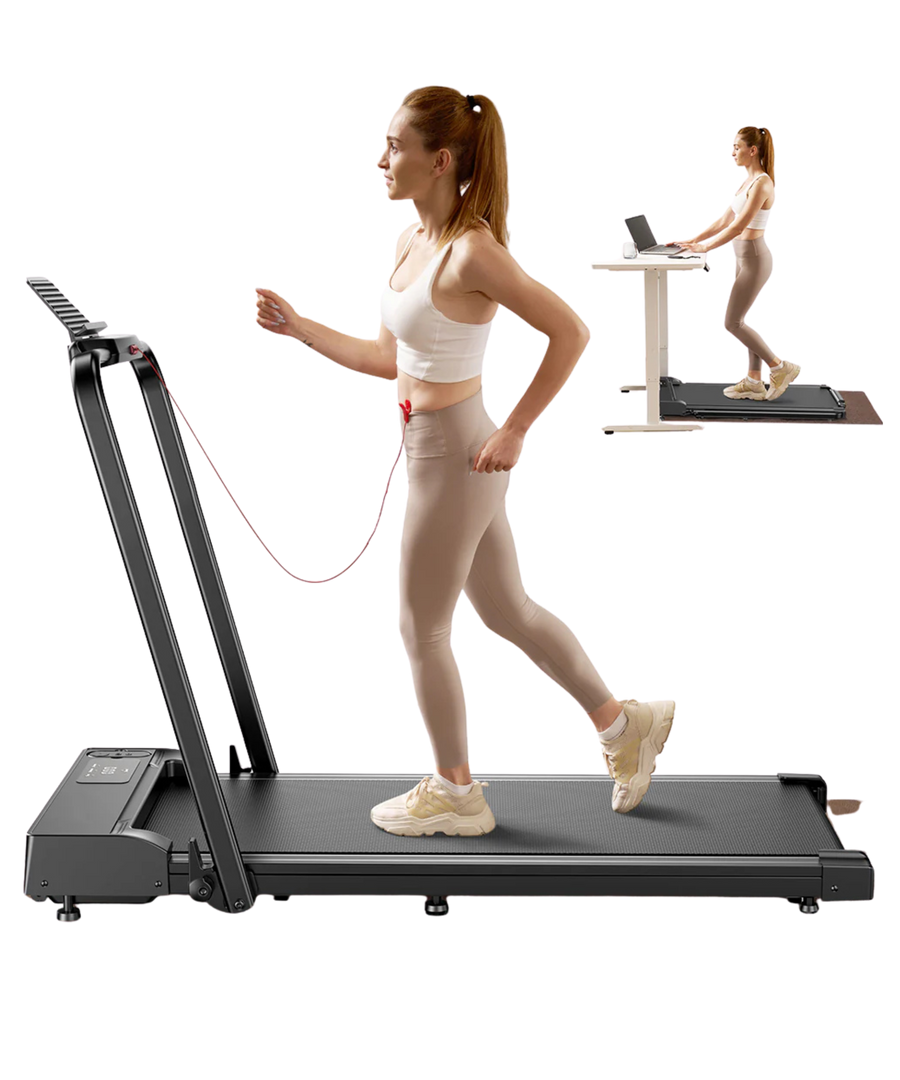
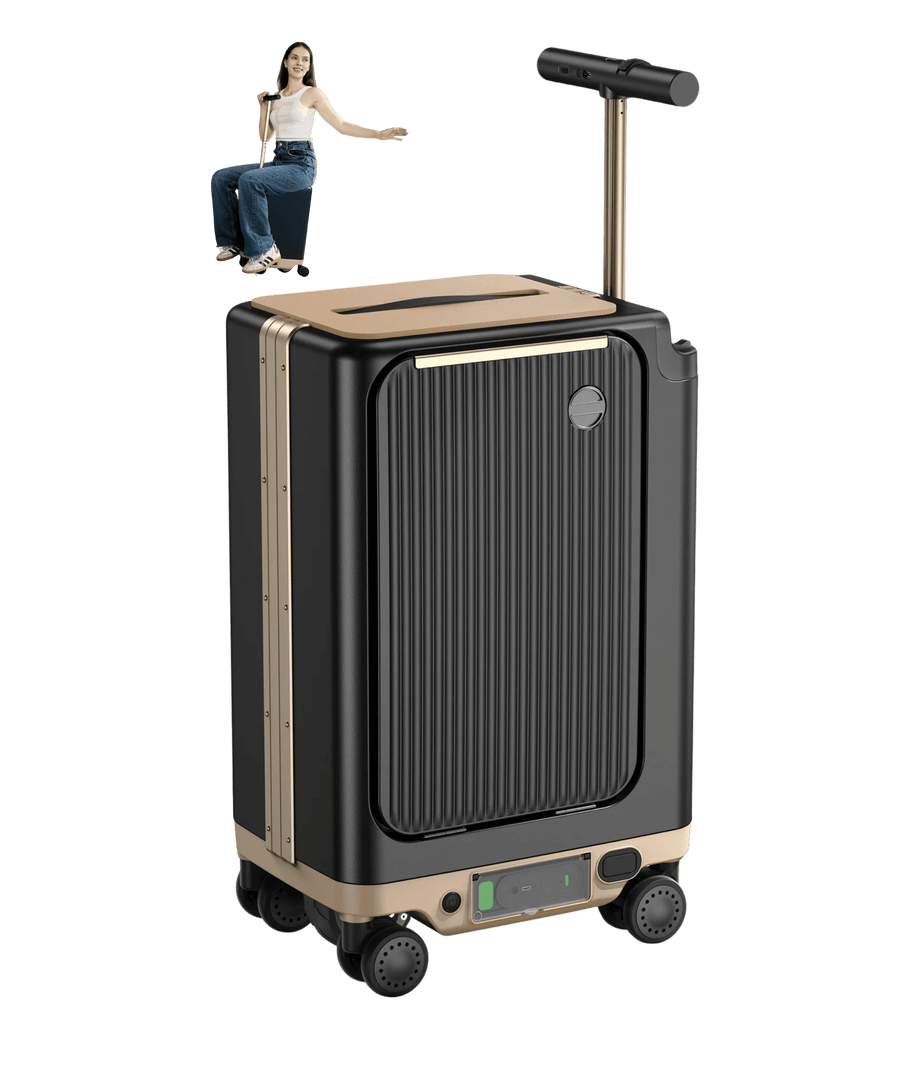




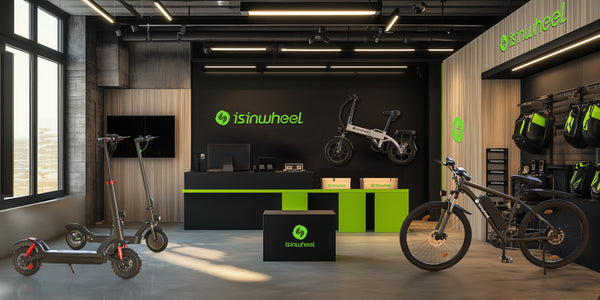
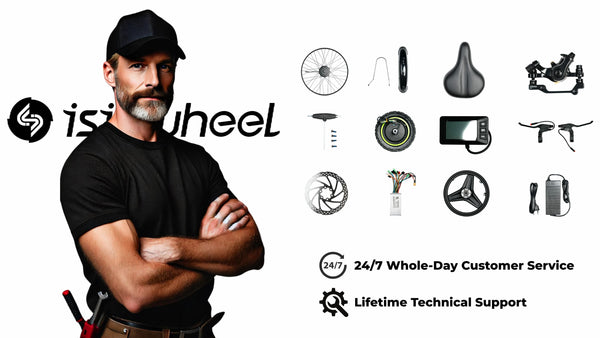
















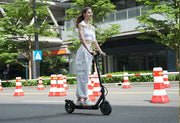

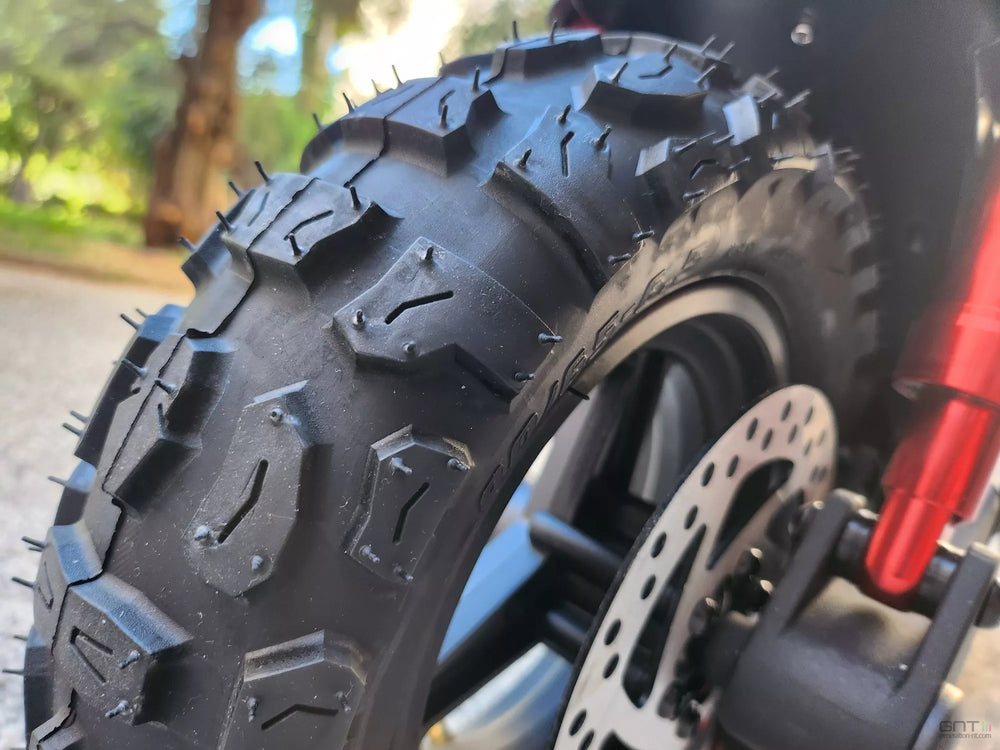
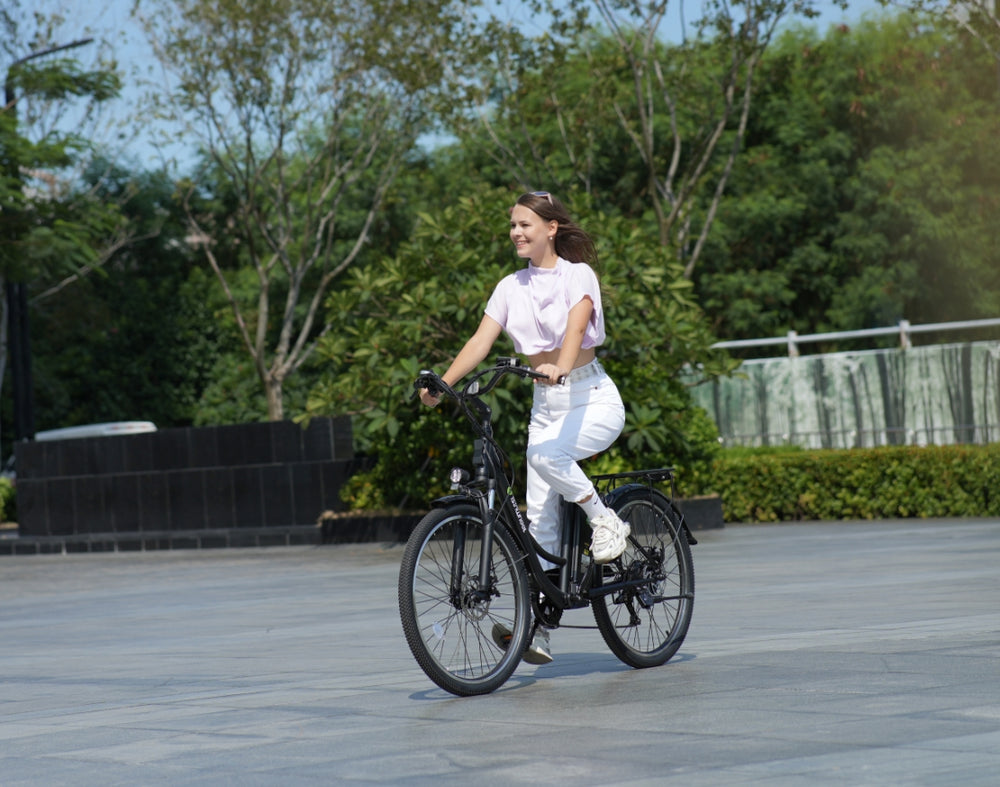
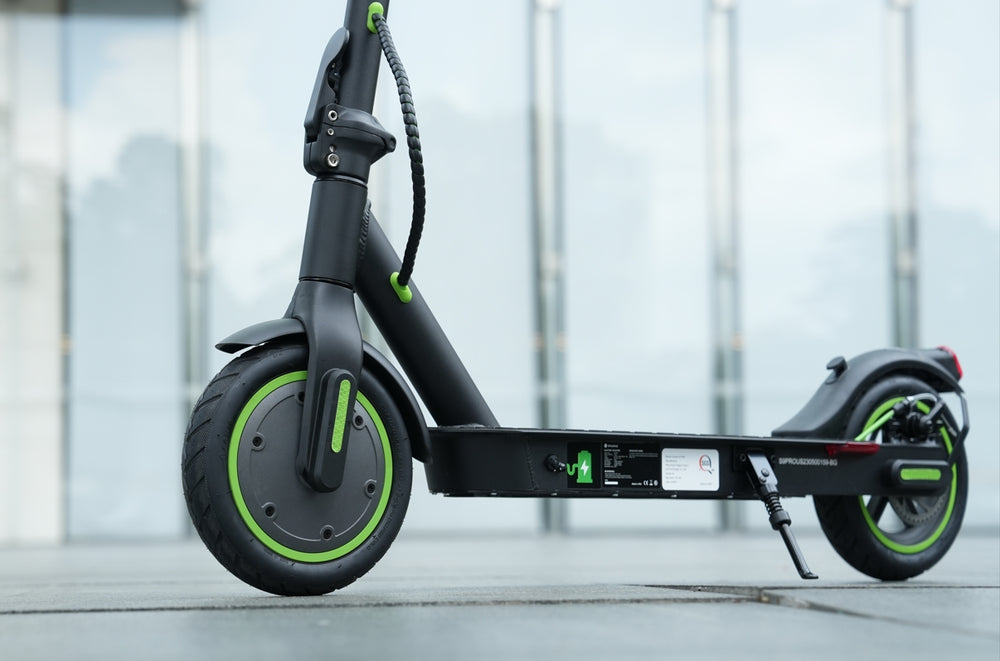
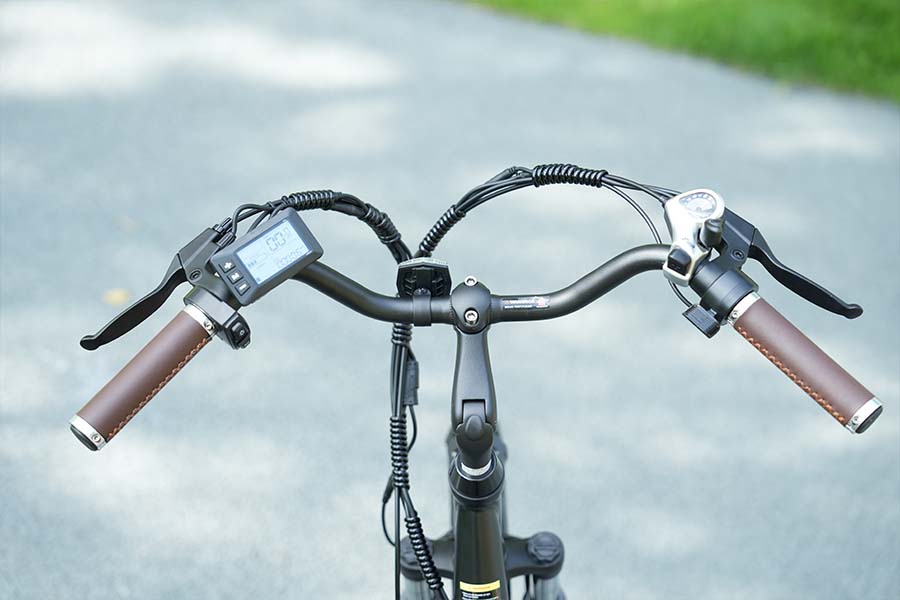
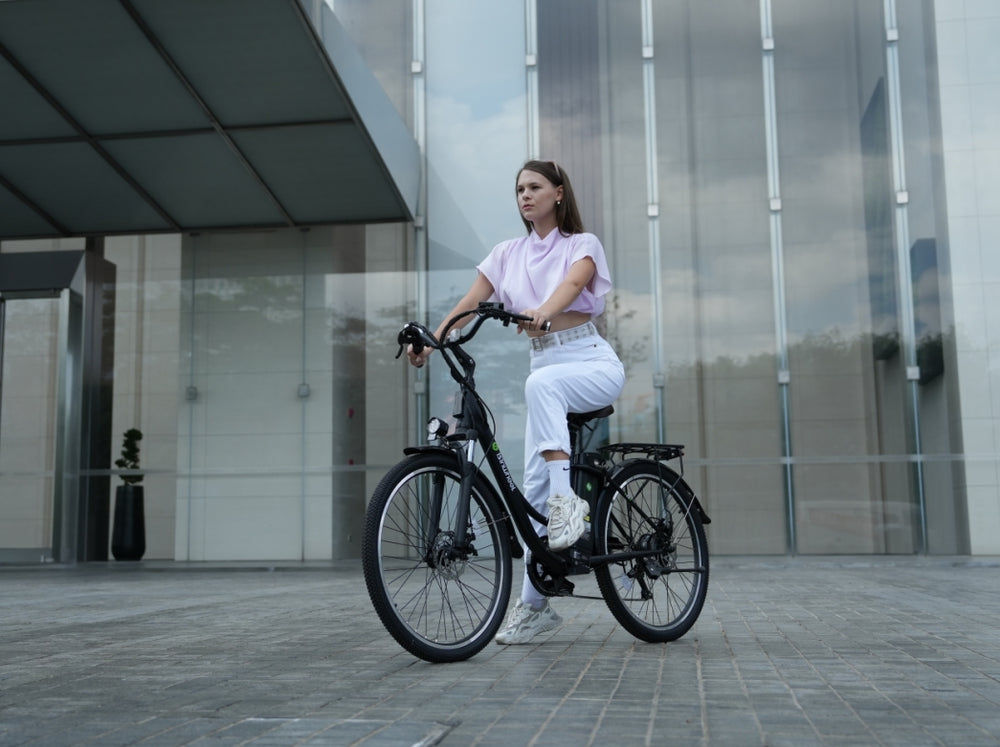
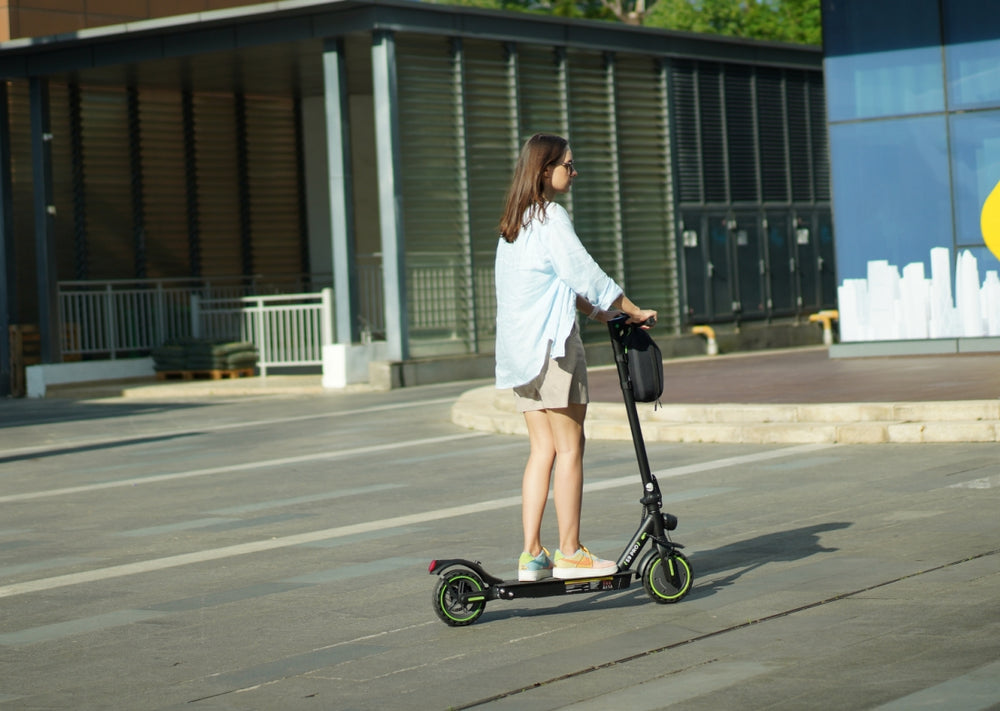
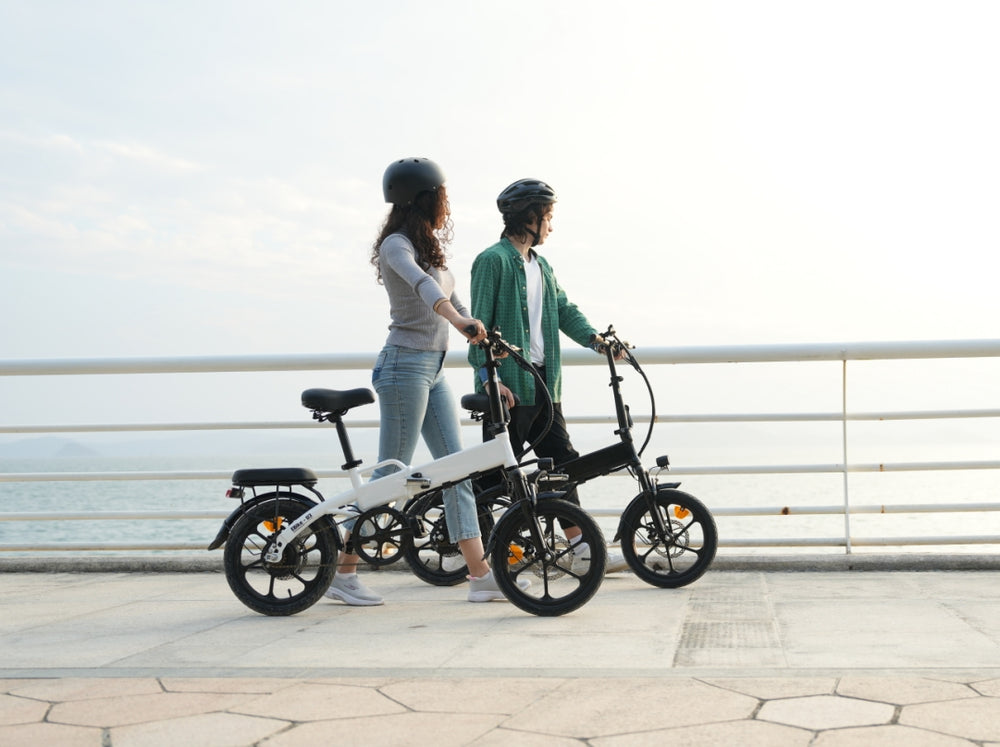
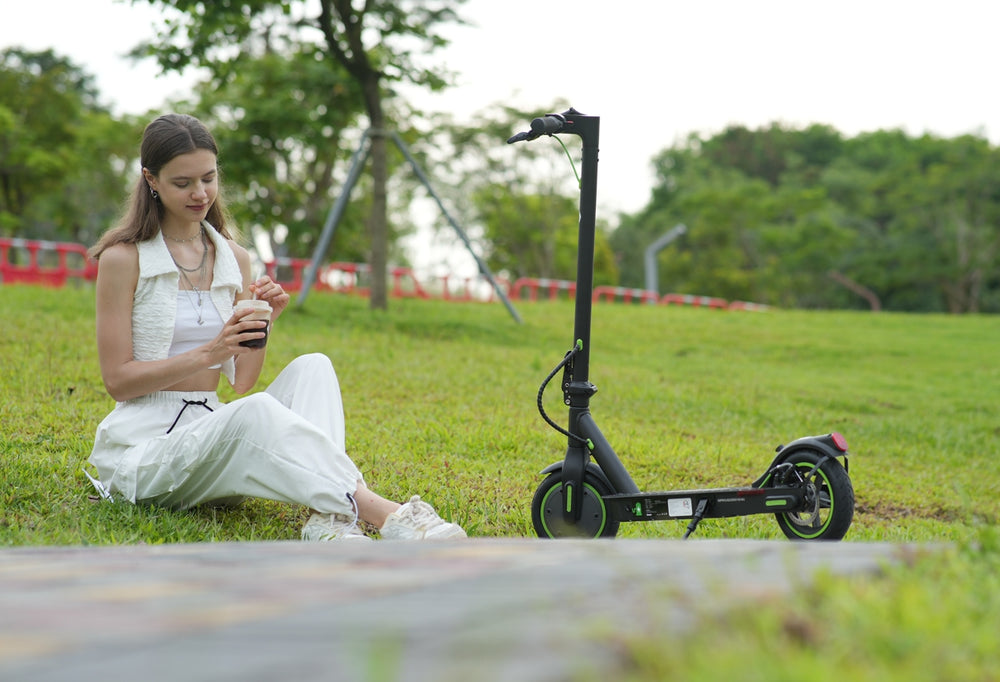
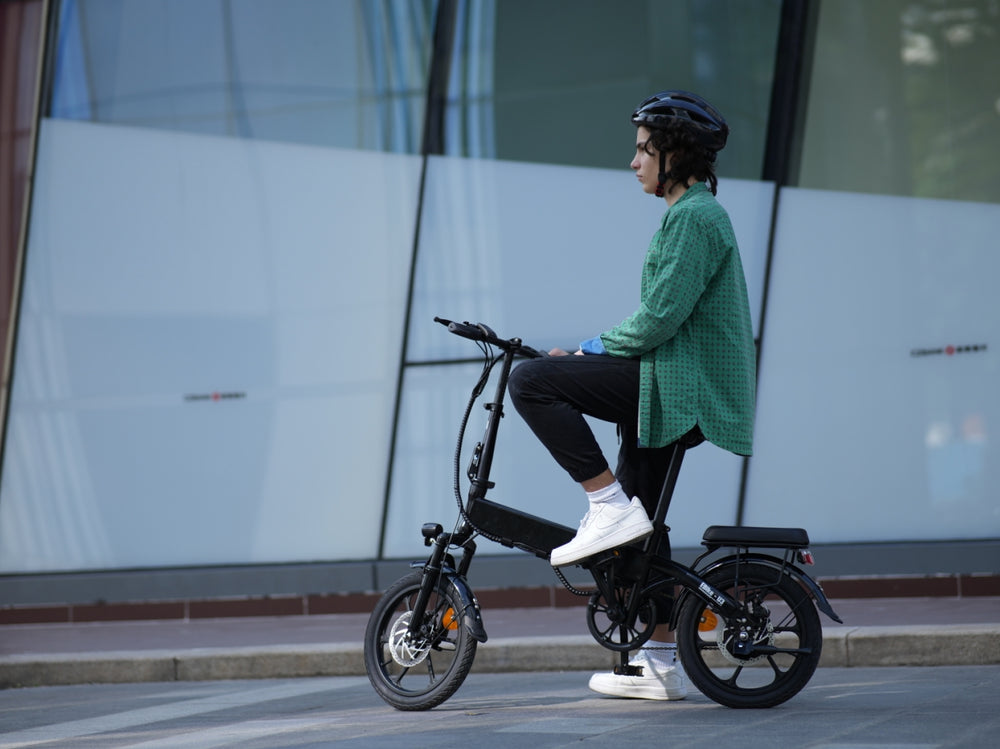
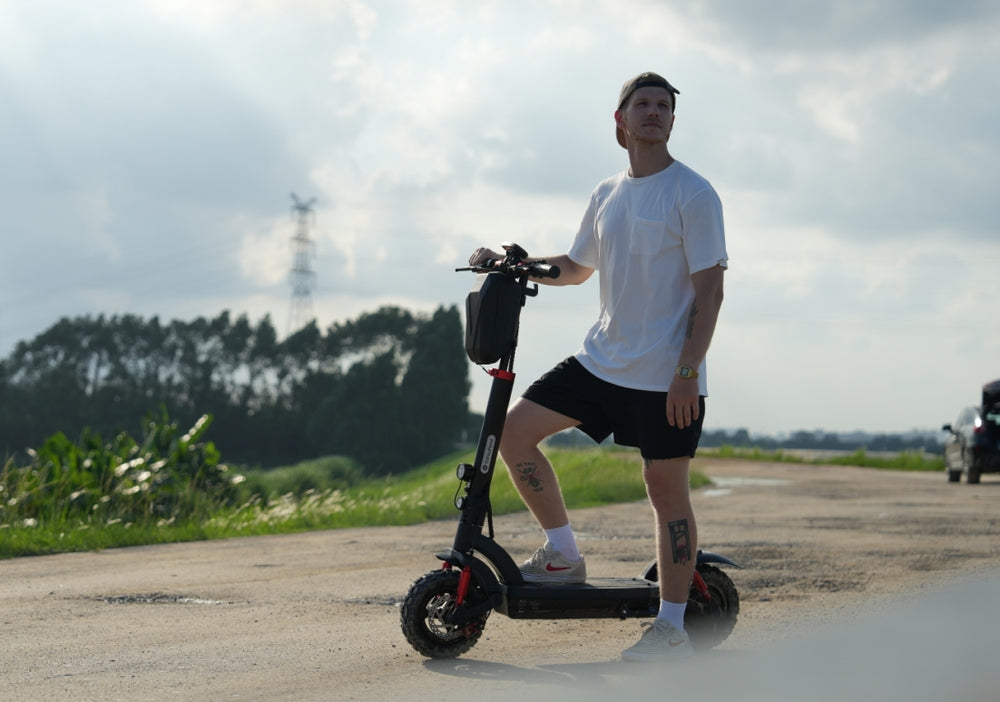
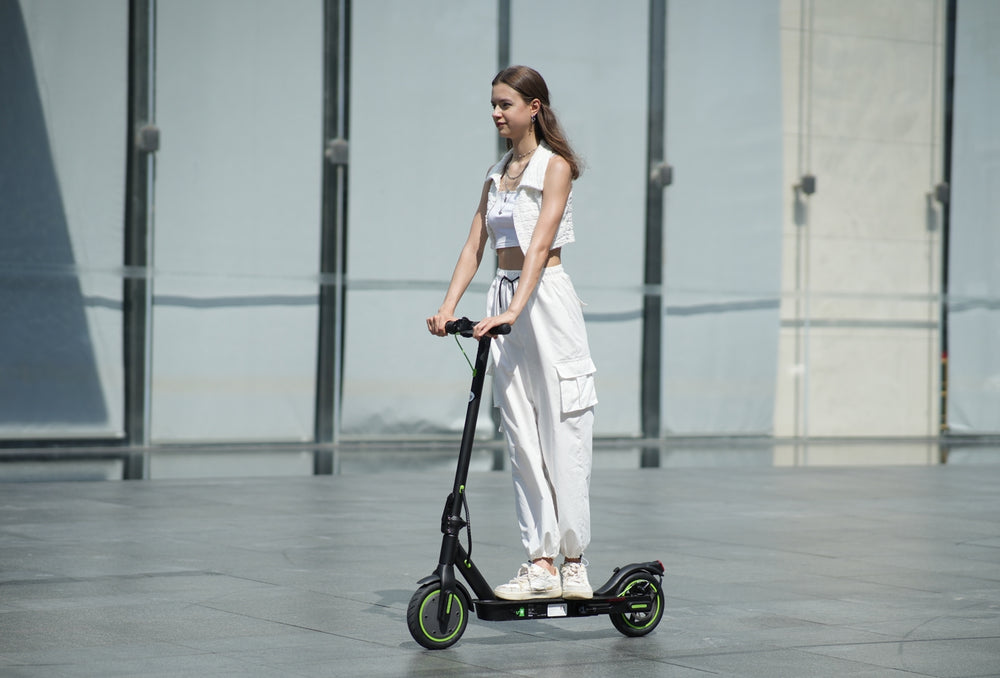
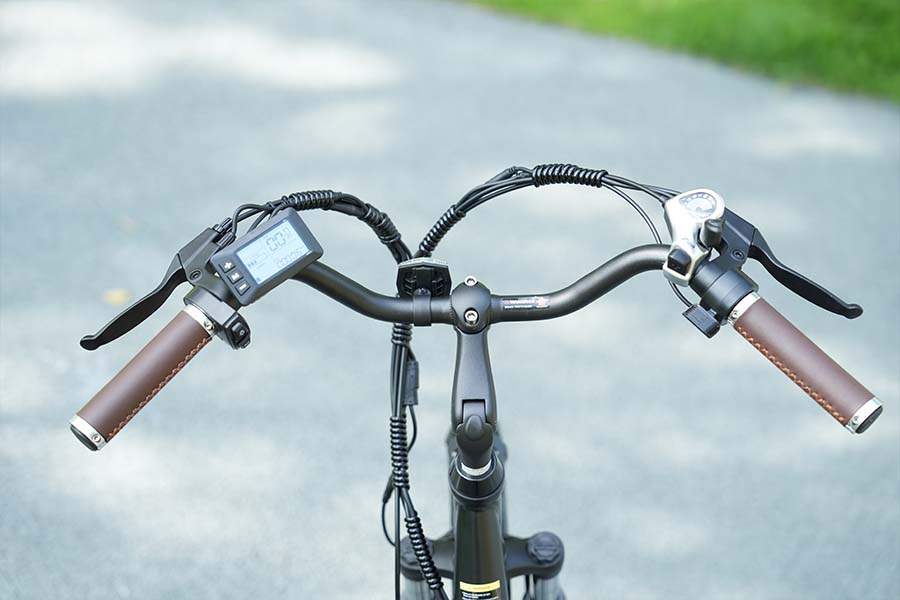
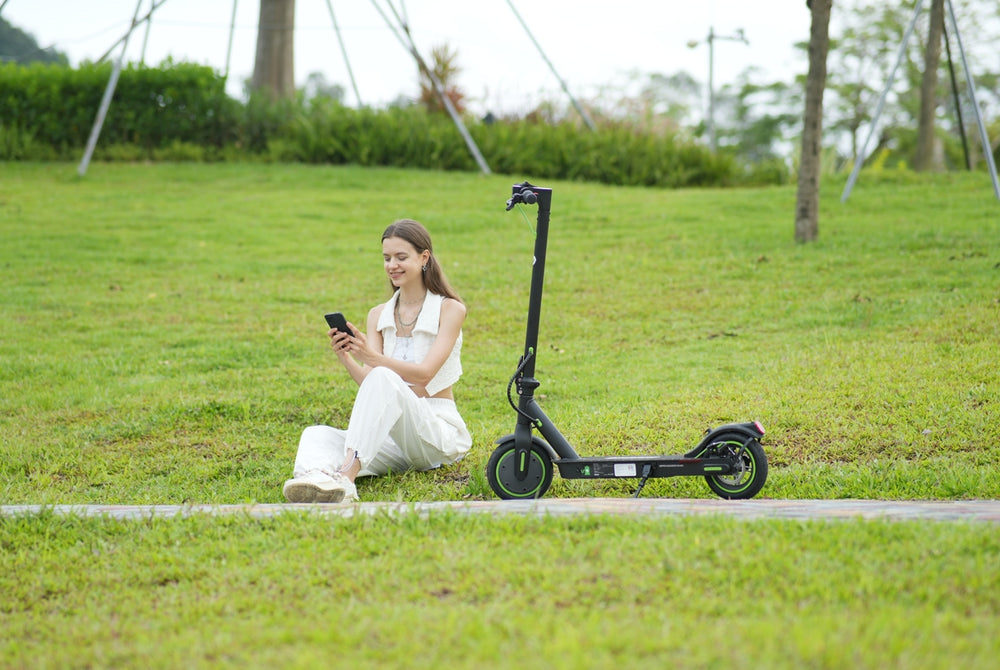

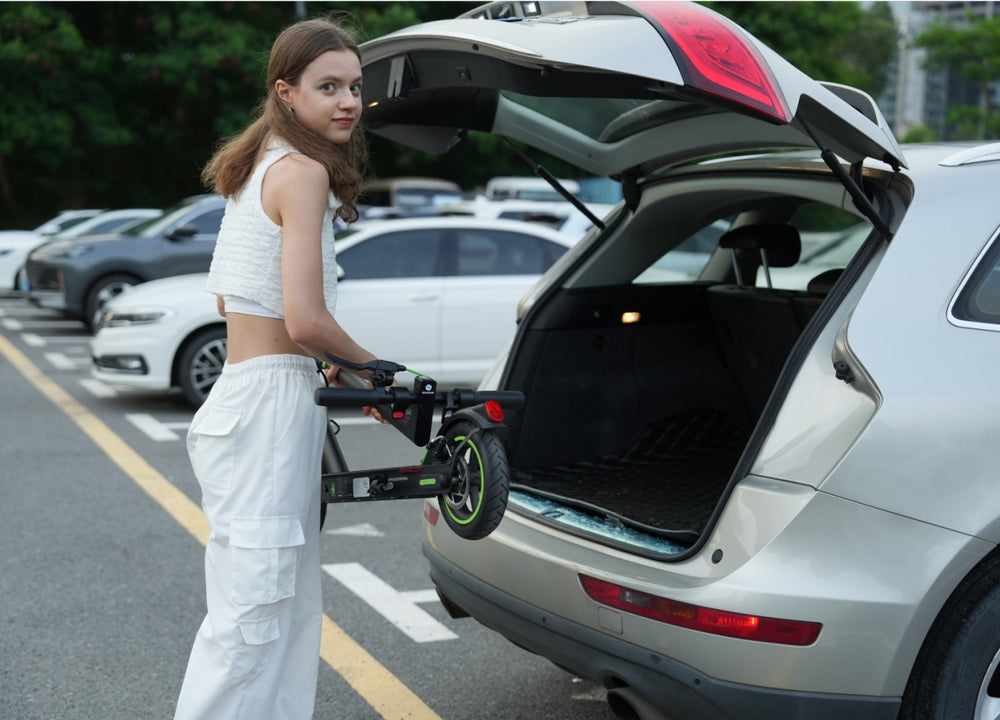


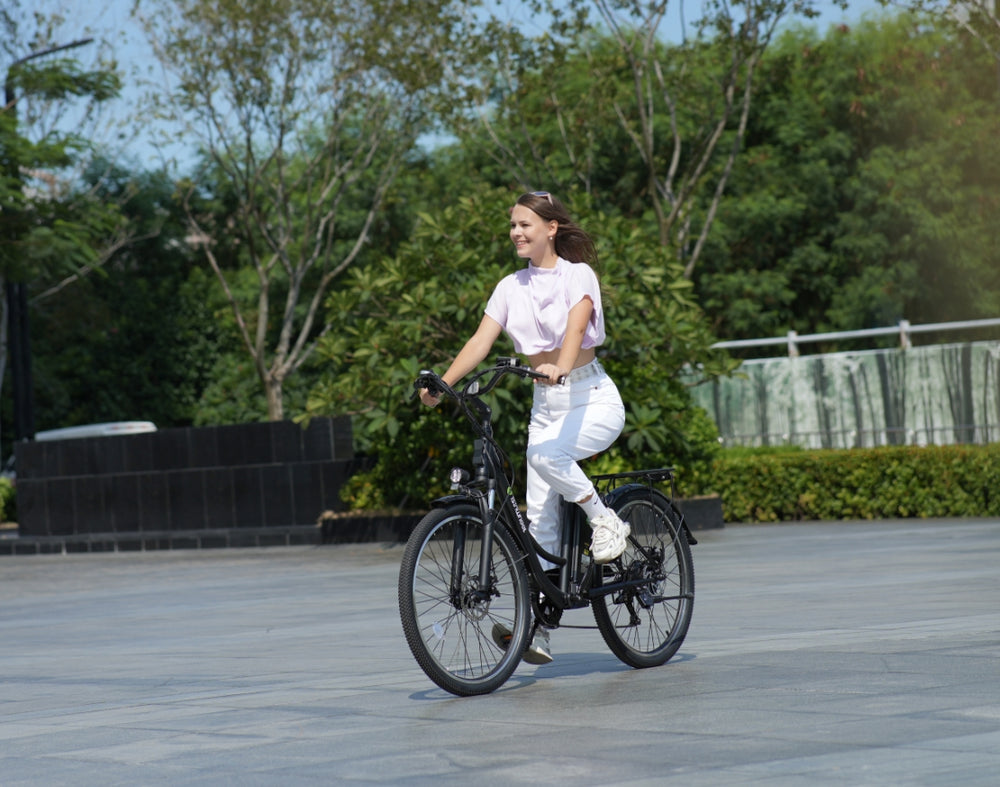

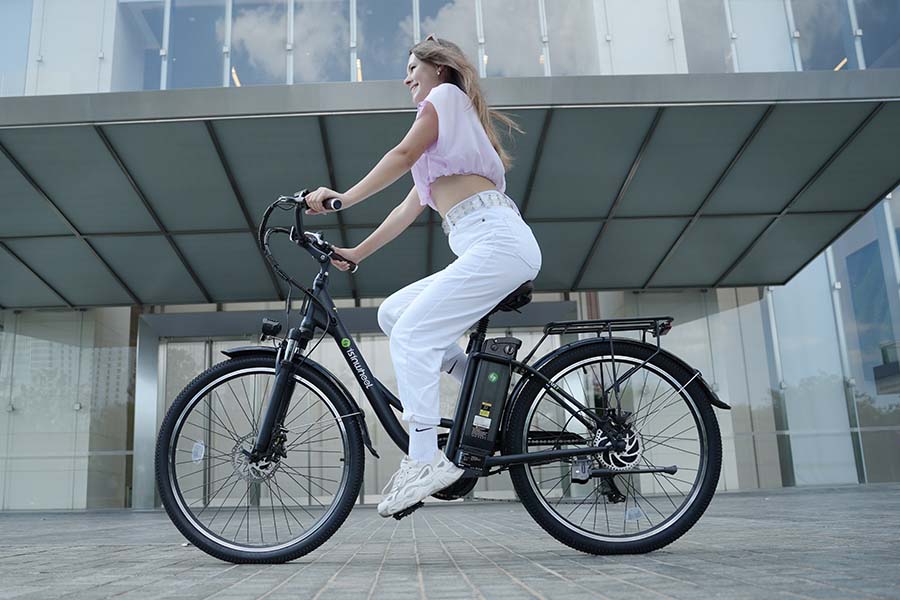
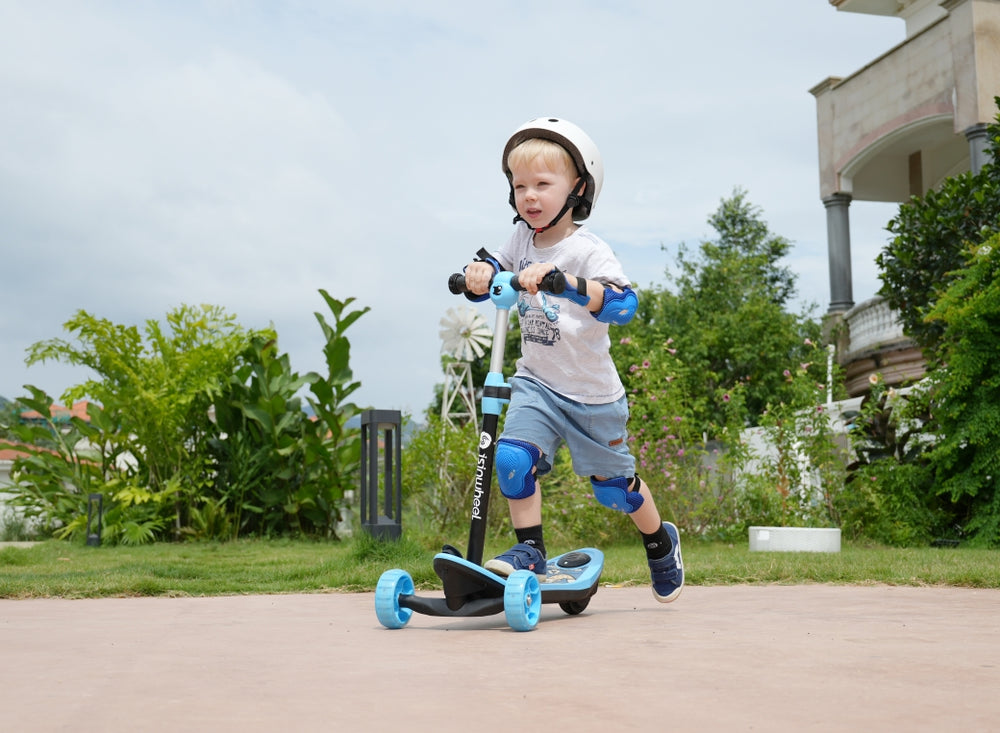

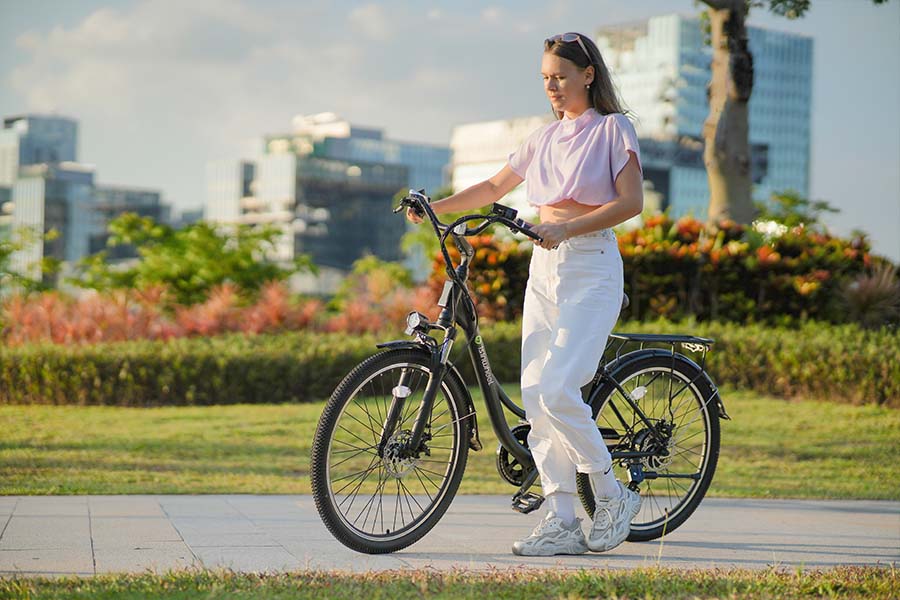
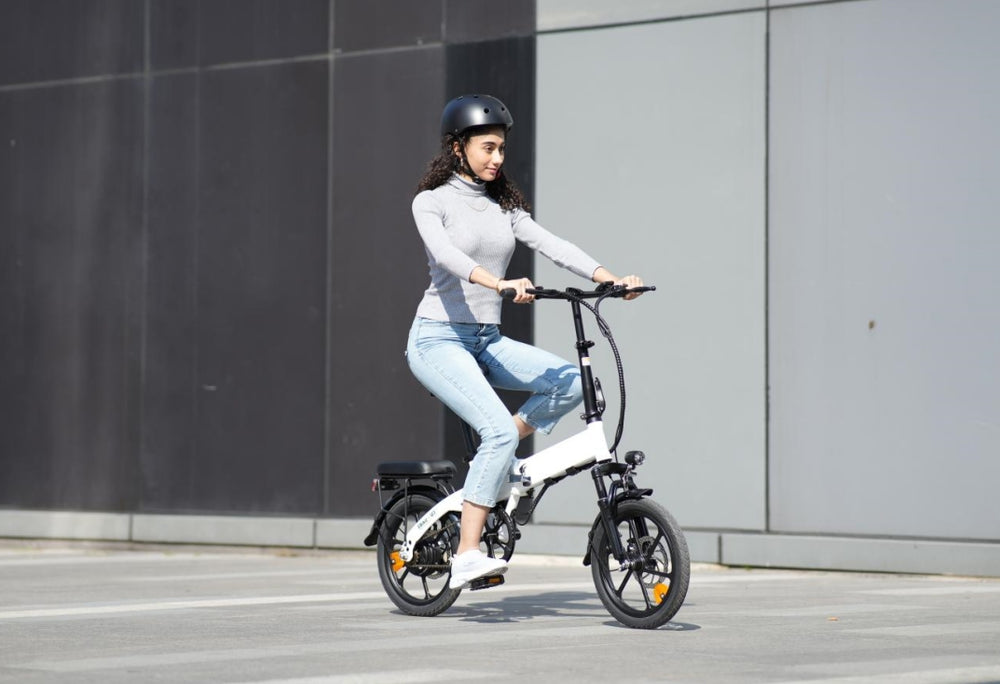
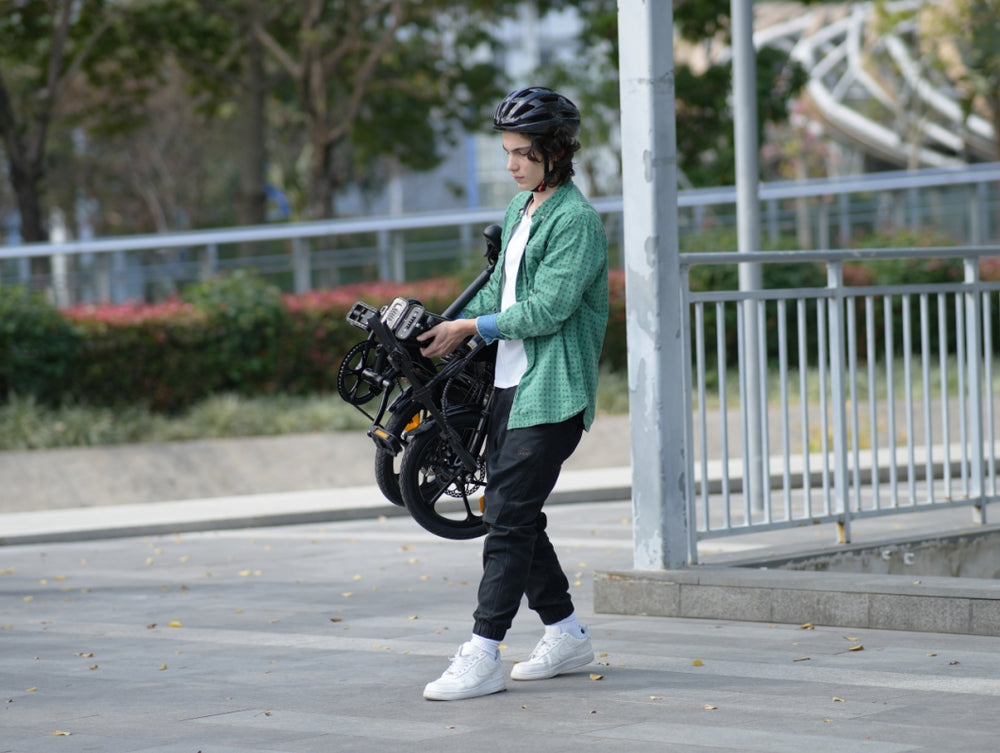
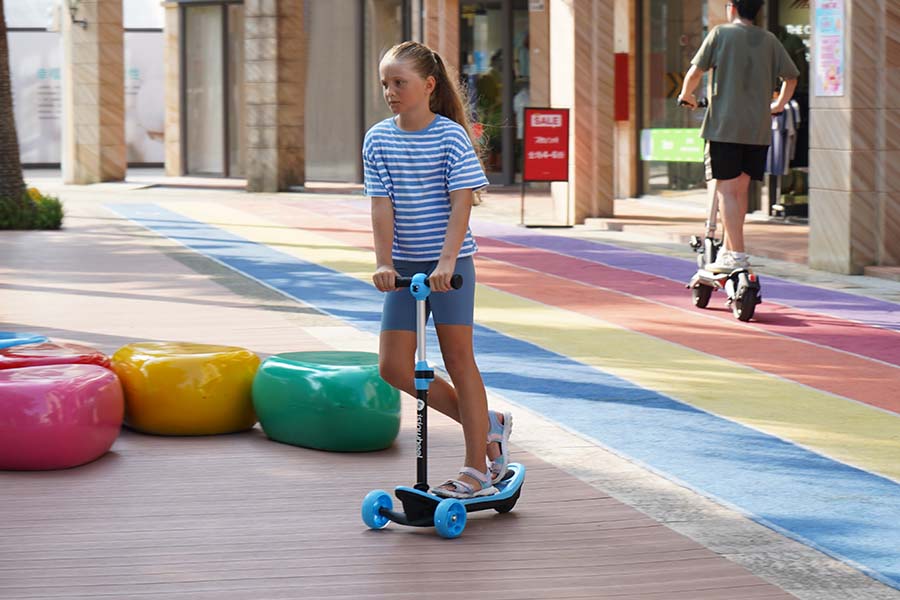

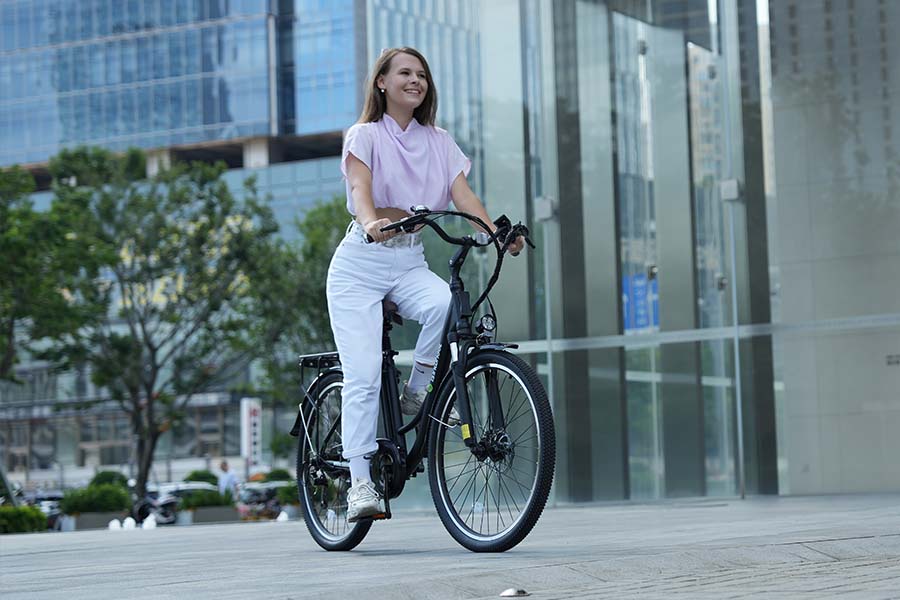

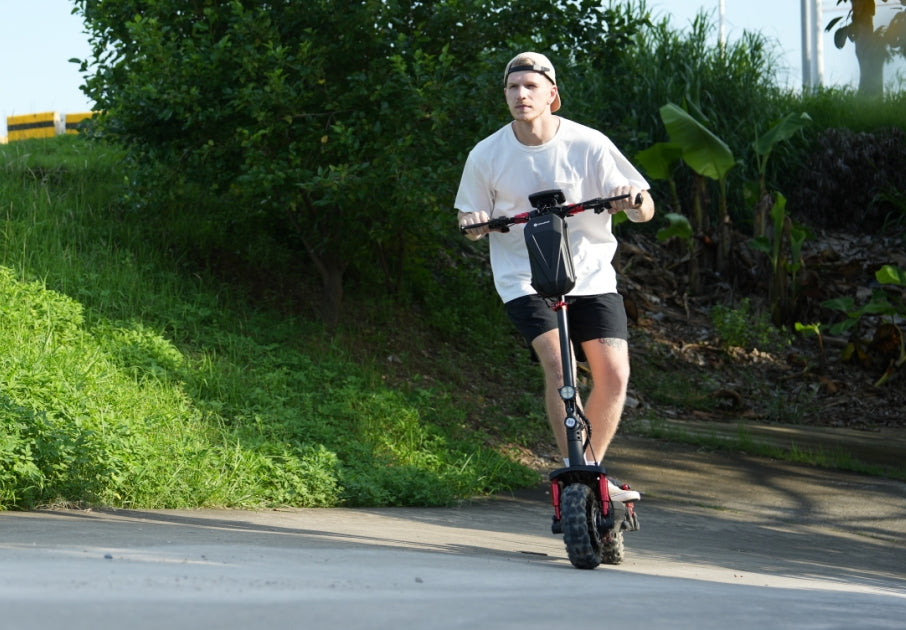
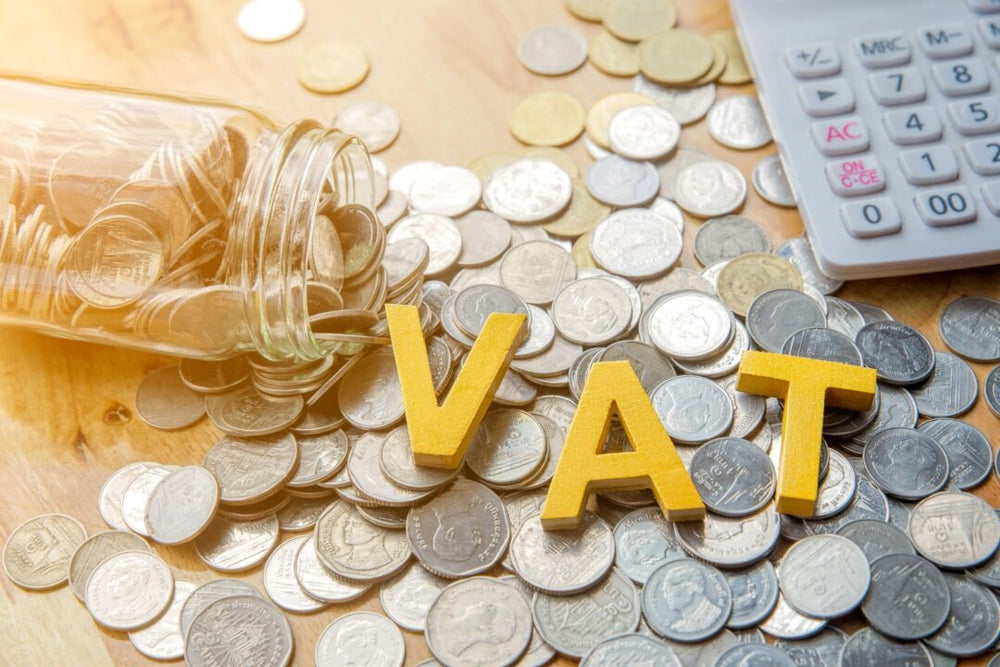
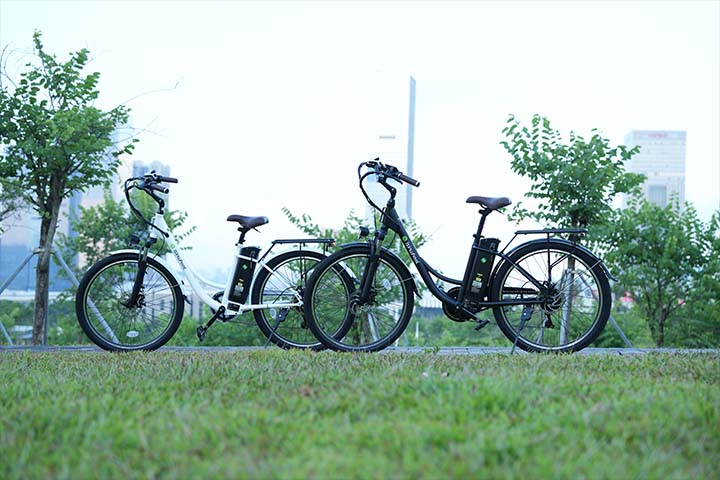

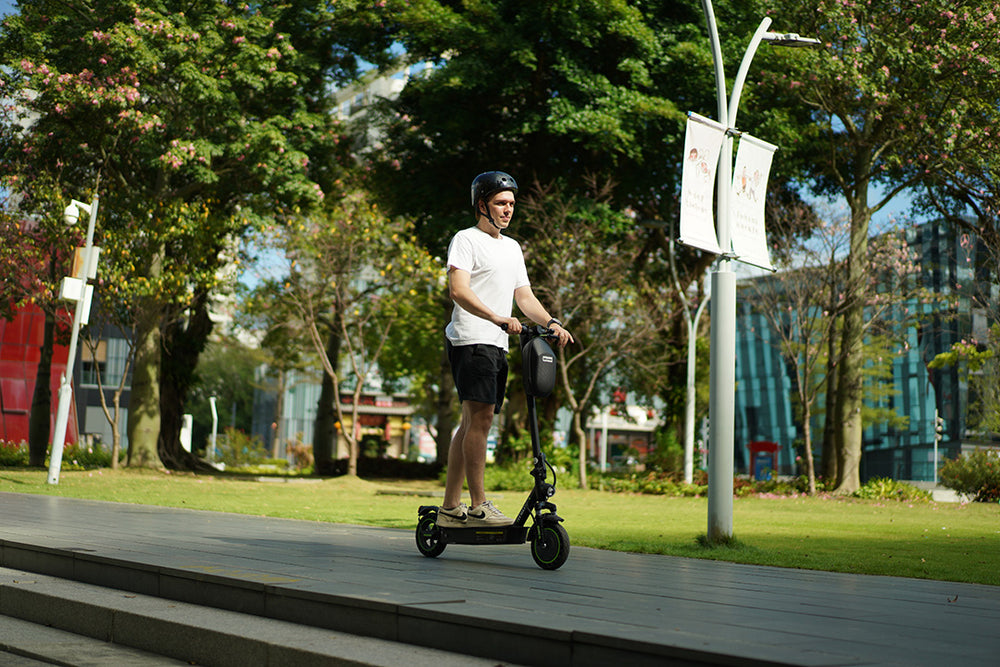
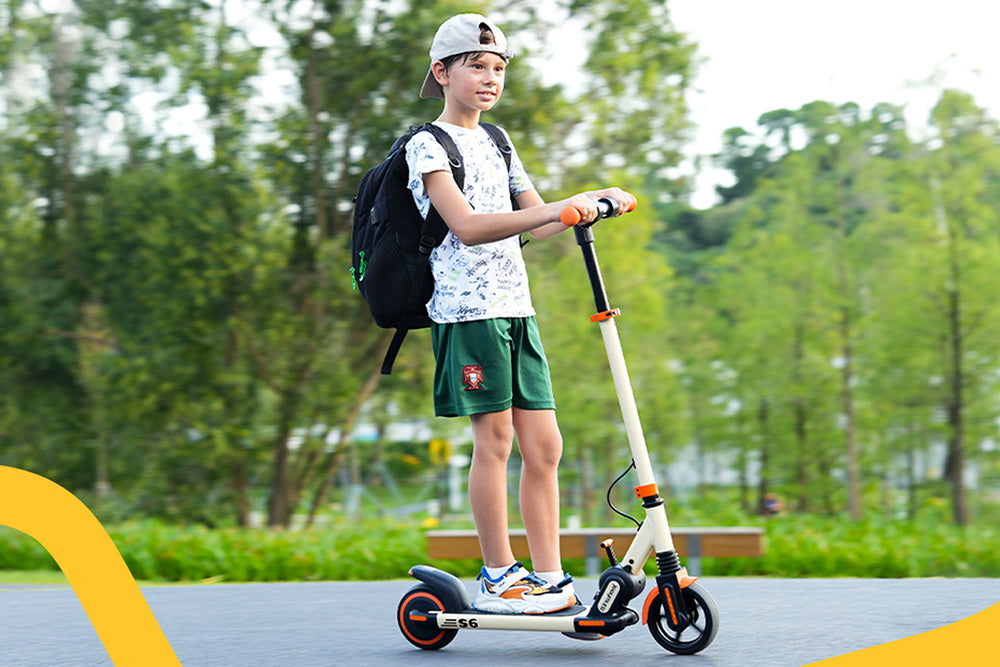
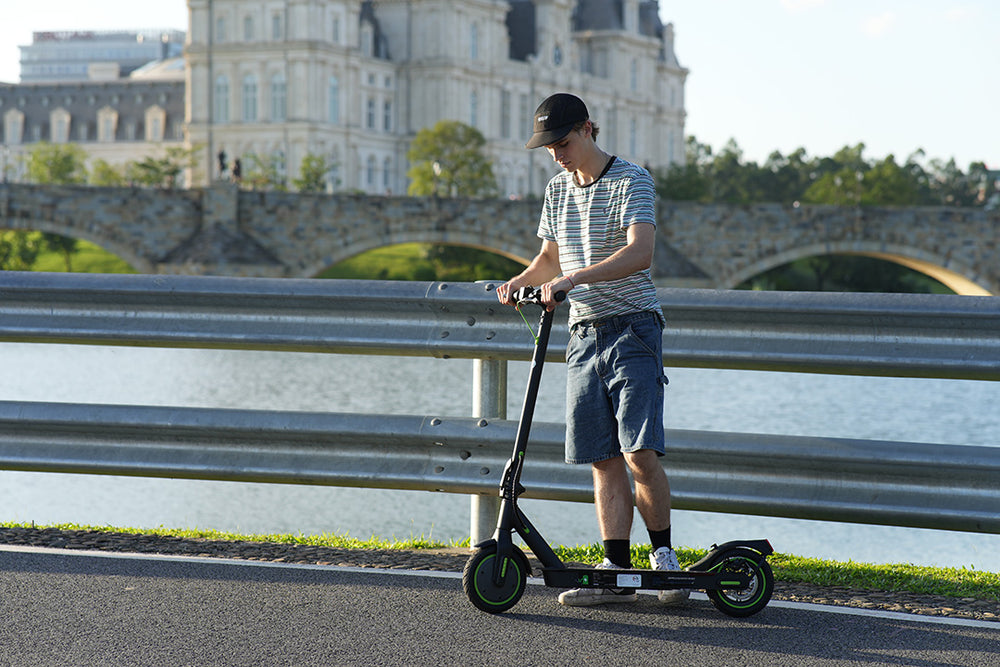
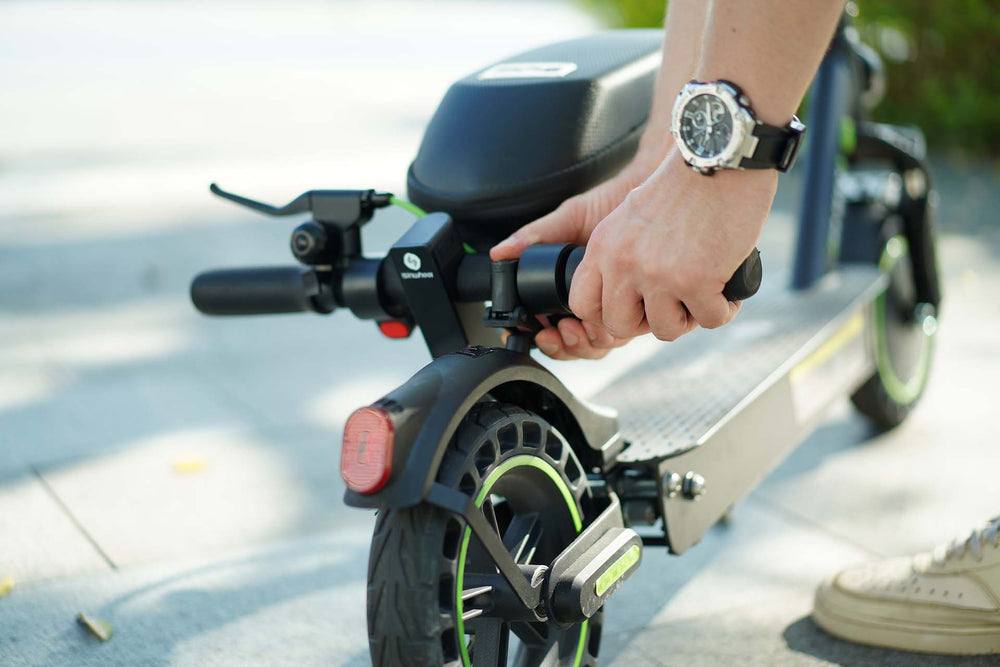





Leave a comment